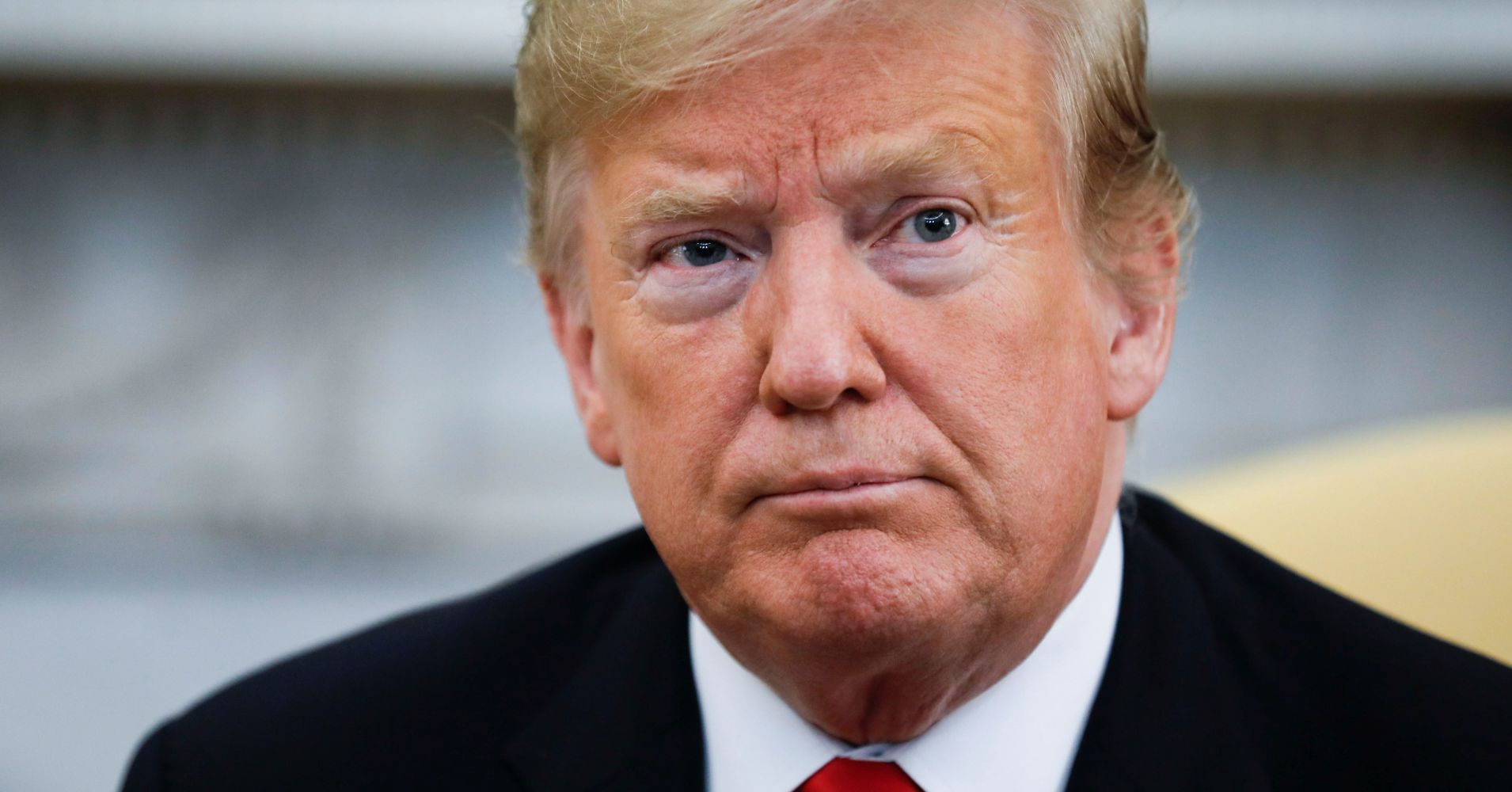
Agriculture Secretary Sonny Perdue on Friday said President Donald Trump has directed his agency to work on a plan to help farmers impacted by the ongoing trade war with China.
Perdue didn’t offer further details on a possible plan but Trump via Twitter on Friday indicated that the U.S. could use some of the money from tariffs on Chinese goods to buy $15 billion worth of agricultural products from American farmers, or “far more than China buys now.” The president also said U.S. agricultural products could be shopped “to poor & starving countries in the form of humanitarian assistance.”
The Department of Agriculture declined to comment on plans it might have under consideration.
However, a former USDA secretary, Tom Vilsack, told CNBC that the administration has “very limited options” although it could some funds by tapping into the Commodity Credit Corp., a federal agency given authority during the Great Depression.
“The secretary’s options are limited given the size of the challenge,” said Vilsack, currently president and CEO of the U.S. Dairy Export Council, a trade group.
Vilsack also suggested the program may require congressional approval, although a trade mitigation plan the USDA unveiled last year for American farmers impacted by retaliatory tariffs didn’t require it.
Vilsack added, “They could do something. Whether they could do it to the extent that he’s [Trump] suggested I think would require some congressional authorization and direction. I don’t think there’s enough flexibility in the USDA budget to be able to carve up and be able to identify $15 billion.”
Last July, Perdue unveiled a $12 billion trade aid program for American farmers that included trade promotion, food purchases, and direct payments to producers of soybeans, pork, corn, cotton, dairy and several other commodities. That earlier program utilized the CCC for so-called market facilitation payments to farmers, with the top five commodities being soybeans, corn, wheat, cotton and sorghum.
“I think what the president was talking about was buying a bunch of soybeans,” said Vilsack, a former Iowa governor who served in the USDA during the Obama administration. “And even if the secretary can identify the resources to purchase crops and products, getting them to countries requires a second step by USAID [U.S. Agency for International Development] and the State Department.”
Soybeans have been hard hit by Chinese tariffs, falling near 10-year lows on Monday amid the threat of an escalated trade war with China.
Before the trade war, China was buying more than $12 billion worth of U.S. soybeans annually, or roughly 1 in 3 rows of soybeans grown on the nation’s farms. Last year, China bought about $3.2 billion worth of U.S. soybeans, according to USDA data.
But China last year imposed 25% tariffs on a variety of agricultural products including soybeans — a top commodity in many states where Trump received strong support during the 2016 presidential election.
Trump’s suggestion that the U.S. government buy $15 billion worth of agricultural products comes as 2020 Democratic presidential hopefuls are targeting the Midwest states for support.
Meantime, Vilsack said it may be difficult for the administration to move quickly on the plan for other reasons. For one, he said some countries might not want to take the food commodities because it could have negative repercussions domestically.
“They would prefer to take cash because they don’t want to disrupt their own agricultural economy by having foreign crops come in and displace domestically produced crops,” he said.
At the same time, Vilsack said there are costs beyond just purchasing the agricultural commodities such as soybeans, wheat, corn and dairy from U.S. farmers as well as additional risks.
“You’re going to have to store it, and the government is going to incur expenses of storage,” he said. “There is always the possibility of spoilage, depending on what commodities we’re talking about.”
The former USDA secretary said he’s concerned that Trump’s plan to expand tariffs on Chinese imports so that they include another $325 billion in goods could make the trade conflict last longer and even more painful for American farmers. He also suggests that any benefits of a deal down the road may not be worth it in the end.
“You’re going to get to the point that whatever deal is cut may not have the benefits over the long haul that overcome or pay for the pain that you’re suffering now,” he said.
Finally, Vilsack believes the Trump administration made a mistake by taking on China alone with the trade dispute. He also said by ditching the Trans-Pacific Partnership it left U.S. agriculture at a competitive disadvantage compared with other countries that joined the free trade agreement.
“The biggest problem with all of this is that the United States went into this discussion with China alone,” he said. “Had they spent some time and put together a coalition of nations that are being similarly mistreated and unfairly treated by China, then it would have been much more difficult for China to put a target on American agriculture. But that’s precisely what’s happened here.”
The White House declined comment. The USDA would not disclose details of any new plan to help farmers.
